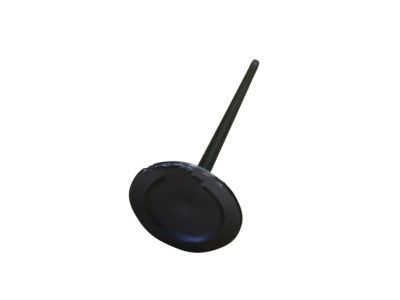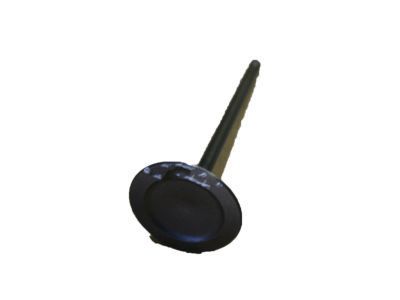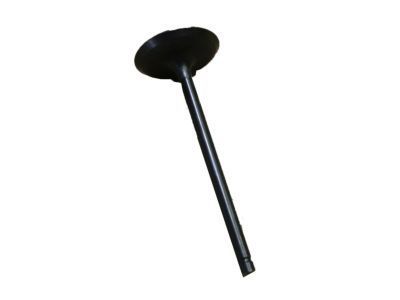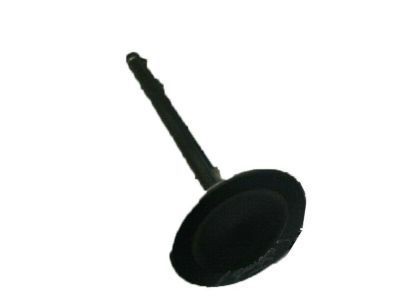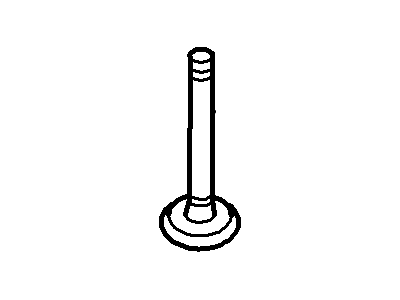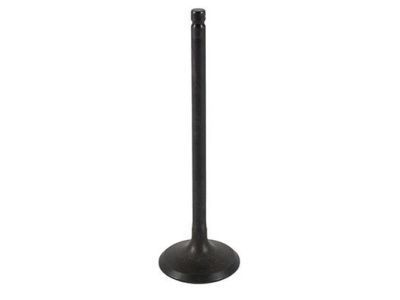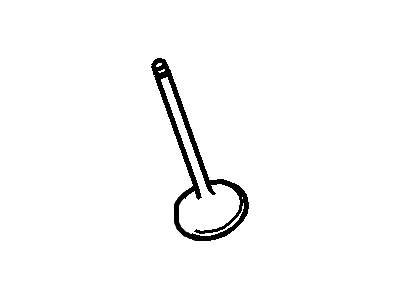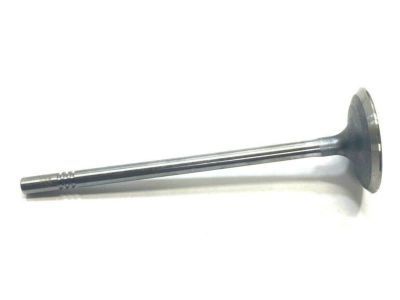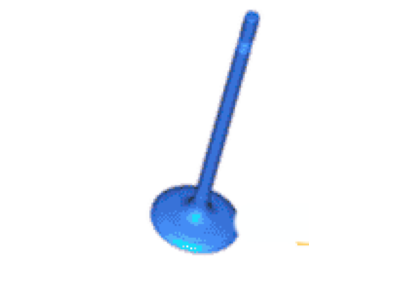

My Garage
My Account
Cart
Genuine Ford Edge Intake Valve
Engine Intake Valve- Select Vehicle by Model
- Select Vehicle by VIN
Select Vehicle by Model
orMake
Model
Year
Select Vehicle by VIN
For the most accurate results, select vehicle by your VIN (Vehicle Identification Number).
4 Intake Valves found
Ford Edge Valve - Inlet
Part Number: 7T4Z-6507-B$17.81 MSRP: $26.03You Save: $8.22 (32%)Ships in 1-3 Business DaysFord Edge Valve - Inlet
Part Number: 1S7Z-6507-B$17.12 MSRP: $24.38You Save: $7.26 (30%)Ships in 1-3 Business DaysFord Edge VALVE - INLET
Part Number: JT4Z-6507-B$11.91 MSRP: $16.96You Save: $5.05 (30%)Ships in 1-2 Business Days
Ford Edge Intake Valve
Intake Valve is an important component of the Ford Edge vehicles since it is responsible for improving the engine performance as well as determining the quality of the mixture of air and fuel. These valves, due to the efficiency of the combustion process and the demand for the engine's power, should open and close at specific time instances and any mishap results in a low-quality combustion process. It is noteworthy that Intake Valves may have been applied on different models of Ford Edge over the years, although no changes to them are elaborated upon. Regardless of the type, the primary function remains consistent: It helps in the correct air fuel mixture that is required for proper functioning of the engine. Replacement of damaged Intake Valves is necessary timely to prevent severe complications with the Ford Edge engine and super expensive repair work, which in general speaks about the necessity of Intake Valves for the car's healthy state.
We provide a wide range of Ford Edge Intake Valve at the best prices possible. If you need Ford Edge Intake Valve, you can shop with confidence on our website. All our OEM parts come with a manufacturer's warranty and are delivered to your door step with a fast delivery service.
Ford Edge Intake Valve Parts Questions & Experts Answers
- Q: How to check and adjust valve clearances in V6 engine on Ford Edge?A:First, it is recommended that you do this when the engine is cold, that is when you have not been operating the car for a while. The valve clearance requires checking and adjustment only after the camshaft(s) or other parts of the valve mechanism have been replaced, or if there is excessive noise from the valve train equipment. There are no valve adjustments for the 2.7L engines having hydraulic lifters. Start with the removal of the multi-meter from the negative terminal of the battery before removing the spark plugs, as well as, the valve covers. Of course, you may have already found that the Crankshaft Pulley center bolt is easy to reach, and to rotate the engine using a socket and breaker bar and about the position which is when the cam lobes on the cylinder to be checked is pointing away from the lifters. Check the clearance of each valve with the thickness of the feeler gauge as per the set size; when correct there will be some drag when removing the gauge. Take down all measurements and check if any of the valve clearance is beyond the standard in case of any argument about required replacement lifters in the near future. This measurement process should be done for all valves and the results recorded for analysis and comparison with the set standards and laid down recommendations on flow control. If any of those clearances is off, then you replace the lifter with a new one with a thickness head that offsets the clearance; unfortunately, it means removing the camshafts to get to the lifters. Check the identification of the lifters which are due for replacement and note the particular valves with which they are associated Since heads of different lifters may come in different sizes, make use of the micrometer to measure their thickness at the center projection at the bottom surface of the head of each lifter. To determine the correct thickness for a replacement lifter that will achieve the specified valve clearance, use the formula: This suggests the formula used in finding the thickness of the new lifters, N equal R + M1-M2 where N is the thickness of the new lifter, R the thickness of the old lifter, M1 is the measured valve clearance, and M2 is the standard valve clearance. Lifters are likewise branded on the undersurfaces with the size of the lifters; for example, a code 3.310 means that a thickness of the lifter is 3.31 millimeters or 0.13 inches. Last but not least, it needs to be noted where the new lifters are to be installed, then they need to be coated with the engine assembly lube before doing the installation. After having changed the lifters, fit the camshafts and the timing chains and finally, check the valve clearances once again.
Related Ford Edge Parts
Browse by Year
2023 Intake Valve 2022 Intake Valve 2021 Intake Valve 2020 Intake Valve 2019 Intake Valve 2018 Intake Valve 2017 Intake Valve 2016 Intake Valve 2015 Intake Valve 2014 Intake Valve 2013 Intake Valve 2012 Intake Valve 2011 Intake Valve 2010 Intake Valve 2009 Intake Valve 2008 Intake Valve 2007 Intake Valve
